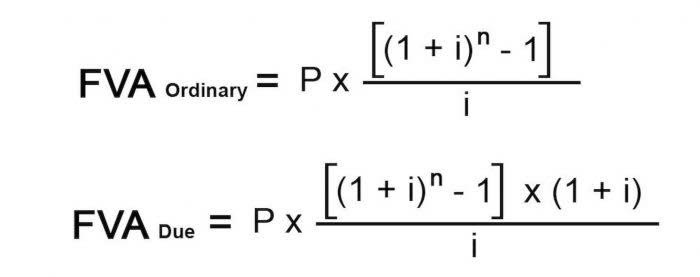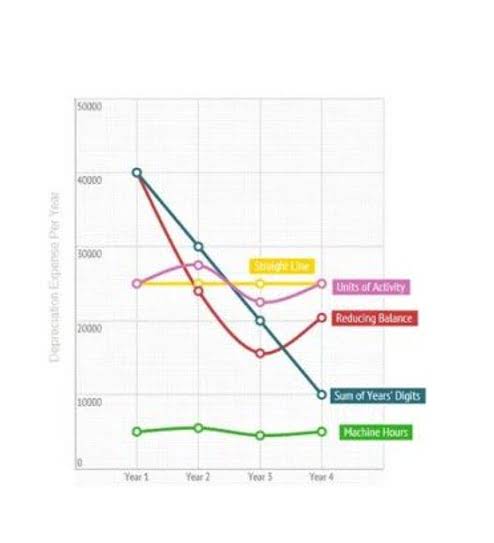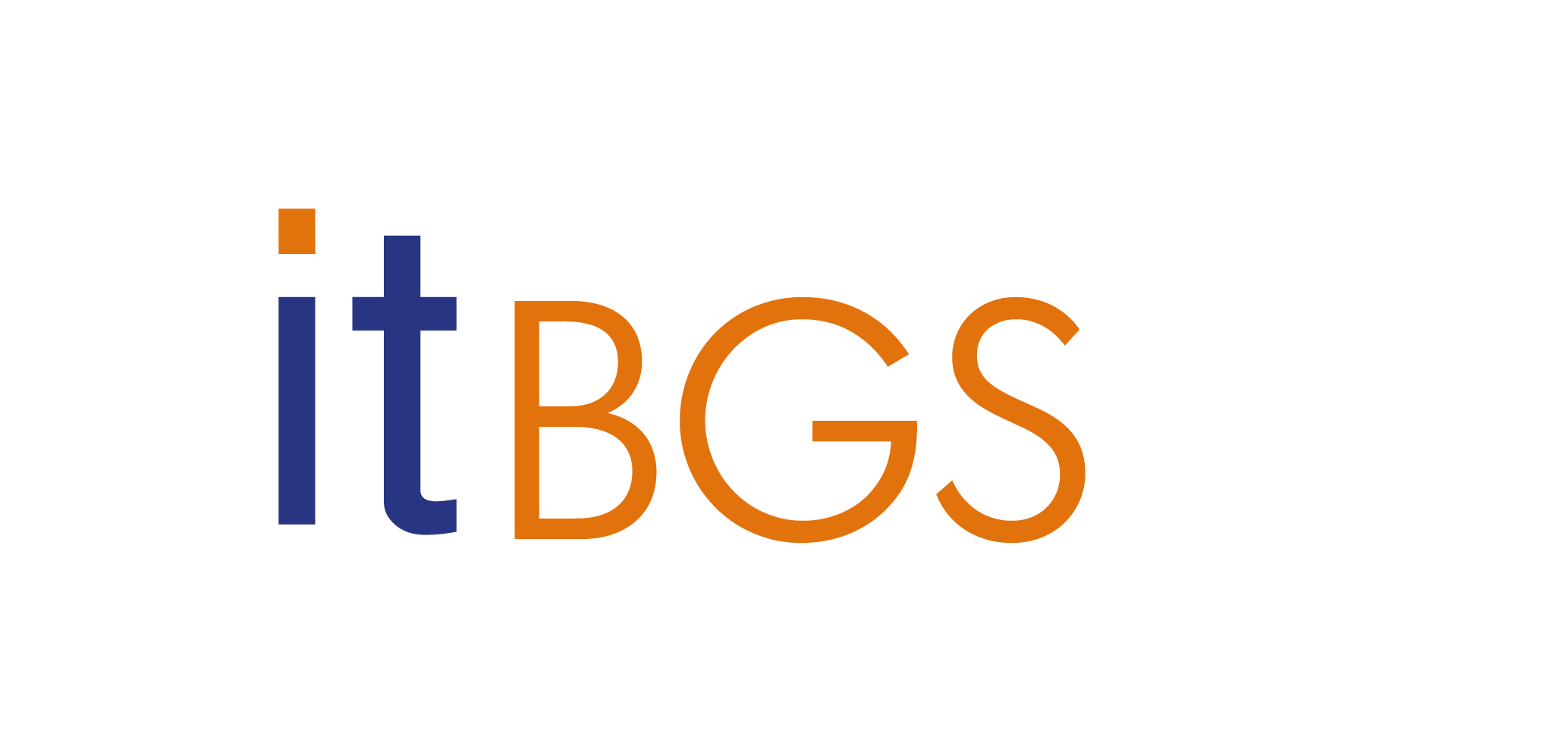The Statement of Functional Expenses for Non-Profit Organizations
WFH fatigue: What it is and how to beat it
marzo 20, 2024tradeallcrypto отзывы о брокере Мошенничество и слив денег tradeallcrypto?
abril 9, 2024
Whether you’re a seasoned finance professional, a new nonprofit executive director, or just someone interested in understanding more about how nonprofits manage their finances, this guide is for you. Let’s dive in and unravel the complexities of the Statement of Functional Expenses.. By structuring it correctly, you statement of functional expenses can streamline compliance, eliminate confusion over expense categorization, and make smarter budgeting decisions—helping your organization stay focused on its mission instead of getting bogged down in paperwork.

Why Industry Experience Matters (or Doesn’t) When Choosing a Financial Controller
A taxpayer, including a tax-exempt entity, that changes its accounting method must generally calculate and report an adjustment to ensure that no portion of the item being changed is permanently omitted or duplicated (see section 481(a)). However, depending on the specific method change, the IRS may provide that an adjustment is not required or permitted. An organization must report any adjustment required by section 481(a) in Parts VIII through XI and on Schedule D (Form 990), Parts XI and XII, as applicable, and provide an explanation for the change on Schedule O (Form 990). Thus, a tax-exempt entity that has never taken into account an item of income or deduction in determining taxable income does not have to request consent to change its method of reporting that item on Form 990. Additionally, a tax-exempt entity that has never been subject to federal income Accounting Periods and Methods tax on an item of income or deduction but that is required to file a Form 990-T solely due to owing a section 6033(e)(2) proxy tax does not have to request consent to change its method for reporting the item. The statement of functional expenses gives you insight into how well your nonprofit used the money it received from donors or grants.
The Benefits of Outsourced Accounting Firms Using Scribe
If you have any questions about joint costs, check out our blog “Is My Nonprofit Allocating Joint Costs Properly? Line 16, occupancy costs, includes rent, utilities, property insurance, real estate taxes, mortgage interest; and other similar occupancy-related expenses. By reporting expenses by function, your organization provides a clear picture of how resources are utilized, offering transparency to funders, donors, boards of governors, and regulators. These include expenses that keep your organization running smoothly, such as office supplies, legal fees, executive salaries, and accounting services. The key to tracking functional expenses is setting up processes and being disciplined with your bookkeeping. In this article, we’ll break it all down to show you what functional expenses are, why they matter, and how to track them in your organization.
Administrative and Support Services

General and Administrative expenses are those related to administering the everyday activities of your organization. This typically includes expenses such as insurance, accounting, and governance. Although these expenses are certainly essential in running your organization, they are not directly related to the purpose for which your nonprofit was formed.
- If it is unable to obtain certain information by the due date for filing the return, it should file Form(s) 8868 to request a filing extension.
- Where a tax-exempt organization doesn’t require prepayment and a requester doesn’t enclose payment with a request, an organization must receive consent from a requester before providing copies for which the fee charged for copying and postage exceeds $20.
- The organization can report the amount of any donated services, or use of materials, equipment, or facilities it received or used in connection with a specific program service, on the lines for the narrative description of the appropriate program service.
- If none of the listed codes accurately describe the activity, enter “900099.” Use of these codes doesn’t imply that the activity is unrelated to the organization’s exempt purpose.
- Exempt organizations must make available for public inspection their Form 1023, 1023-EZ, 1024, or 1024-A application for recognition of exemption.
- Therefore, nonprofits must maintain a reasonable ratio between program service expenses and management and general expenses.
- Examples of other similar funds or accounts include, but aren’t limited to, the types of funds or accounts described as exceptions to the Glossary definition of a donor advised fund.
- Use column (C) to report expenses that relate to the organization’s overall operations and management, rather than to fundraising activities or program services.
- Enter the total travel expenses, including transportation costs (fares, mileage allowances, and automobile expenses), meals and lodging, and per diem payments.
- D’s child, E, received $40,000 in taxable compensation as a part-time employee of C.
- If the organization’s accounting system doesn’t allocate expenses, the organization can use any reasonable method of allocation.
- If the organization is unable to obtain this information by the extended due date after making reasonable efforts, and isn’t certain of the answer to a particular question, it may make a reasonable estimate, where applicable, and explain on Schedule O.
In the case of section 501(c)(3), 501(c)(4), and 501(c)(29) organizations, it can also be an excess benefit transaction taxable under section 4958 and reportable on Schedule L (Form 990). L is a greater-than-35% partner of a law firm that charged $60,000 during the organization’s tax year for legal services provided to K that were worth $600,000 at the law firm’s ordinary rates. However, the relationship between K and L isn’t a reportable business relationship because of the privileged relationship of attorney and client. One of the requirements that https://www.bookstime.com/ an organization must meet to qualify under section 501(c)(12) is that at least 85% of its gross income consists of amounts collected from members for the sole purpose of meeting losses and expenses.

